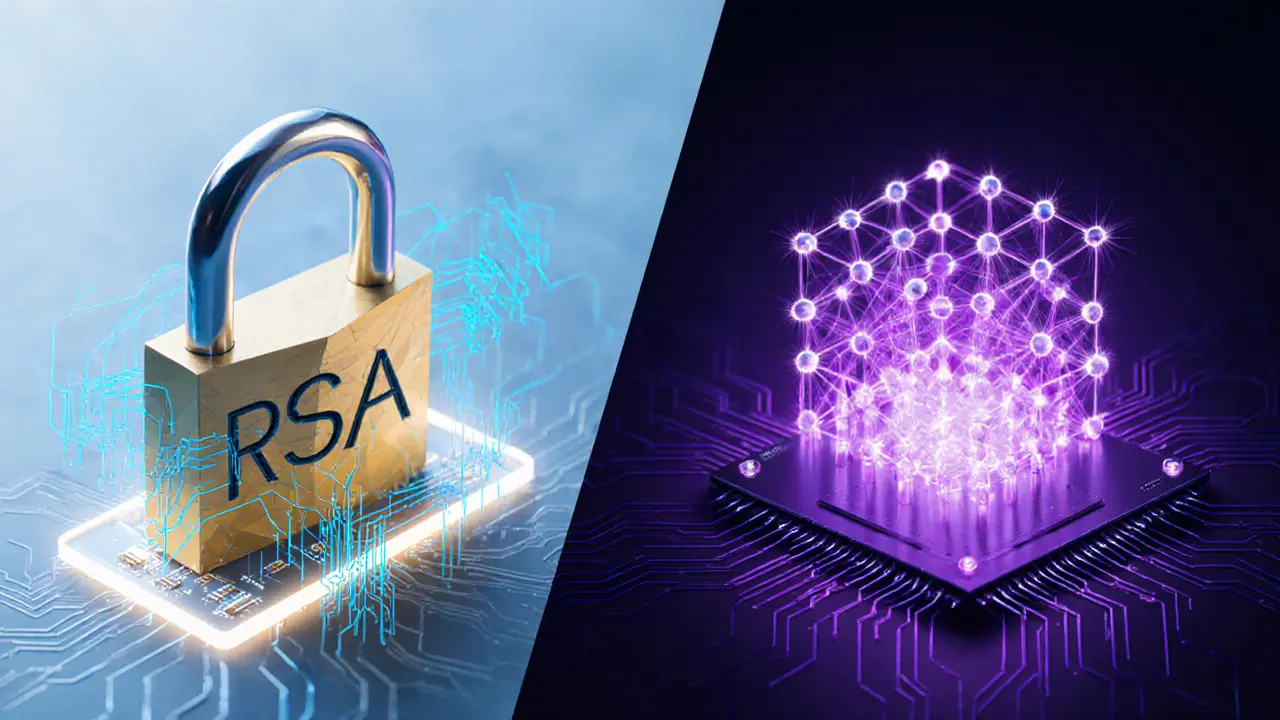NIST PQC Standards: A Practical Guide for Crypto Professionals
When working with NIST PQC standards, the post‑quantum cryptography specifications published by the U.S. National Institute of Standards and Technology. Also known as NIST Post‑Quantum Crypto, they are designed to protect data against future quantum attacks.
The core of these standards is a suite of quantum‑resistant algorithms, cryptographic primitives that remain secure even when a quantum computer can run Shor’s algorithm. This includes key‑encapsulation mechanisms (KEMs) for key exchange and digital‑signature schemes for authentication. Adopting these algorithms often requires cryptographic agility, the ability of a system to switch cryptographic primitives without major redesign, because legacy software may still depend on RSA or ECC.
Regulatory bodies such as the FIPS, the Federal Information Processing Standards program play a big role in the rollout. FIPS validation influences which quantum‑resistant algorithms get deployed in government and critical‑infrastructure systems. In practice, a developer will look at the NIST PQC standards, pick a KEM or signature algorithm that has both NIST and FIPS approval, and then implement it using libraries that support cryptographic agility.
What to Expect Next
Below you’ll find a curated list of articles that break down each algorithm family, explain how to test compliance, and show real‑world migration paths. Whether you’re a security officer, a developer, or just curious about the future of encryption, these pieces will give you concrete steps to stay ahead of the quantum curve.
- Apr, 26 2025

Explore why quantum computers threaten RSA, what post‑quantum cryptography is, and how organizations can build crypto‑agile, zero‑trust systems before the 2026 compliance deadline.
- Read More
